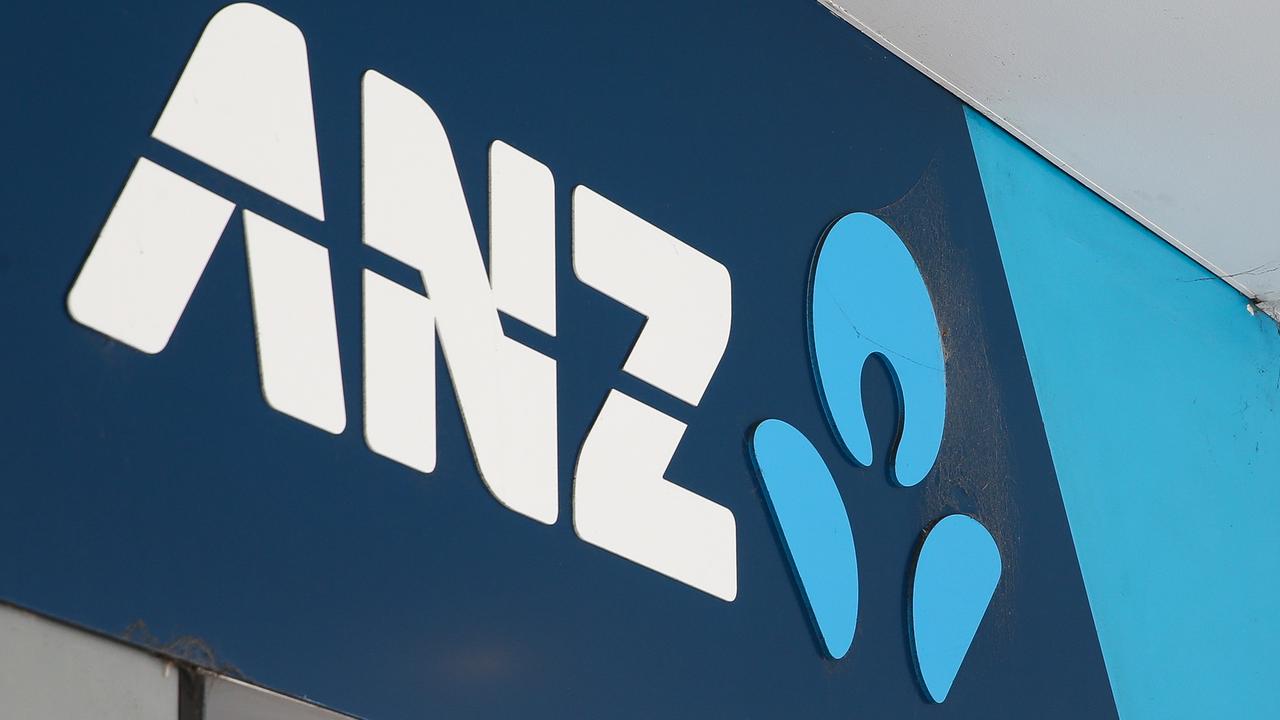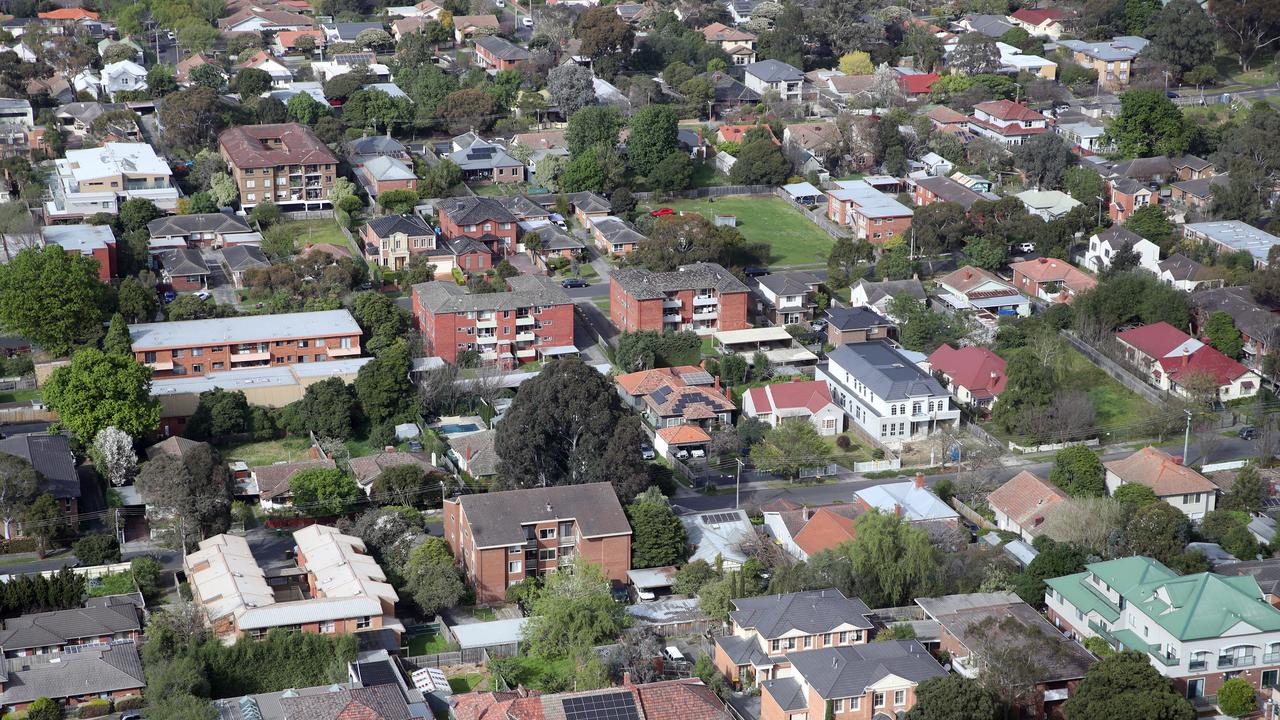Fixed or variable is a close bet for home loans
ECONOMISTS expect another interest rate cut, so is it worth fixing now or sticking with variable?

Interest Rates
Don't miss out on the headlines from Interest Rates. Followed categories will be added to My News.
CHOOSING a fixed rate home loan in an attempt to lock in a better interest rate deal has a less than 50 per cent chance of success.
As the Reserve Bank of Australia’s latest rate cut fires up the fixed versus variable rate debate, new research by Canstar shows that over the last 20 years borrowers have done better by riding the variable rate roller-coaster.
All of the major mortgage lenders have at least matched the RBA’s quarter of a percentage point interest rate cut, and many economists expect another cut before June. ANZ yesterday became the last of the big four to cut, but was the first to also lower its fixed rates — some by half a percentage point.
Canstar compared an average three-year fixed-rate loan with variable rates over two decades and found people who fixed did better for 112 months, while those who suck was variable were ahead for 123 months.
“That’s pretty close to a 50-50 bet,” said Canstar research manager Mitchell Watson.
He said about 15 per cent of home loans were financed with fixed rates, which were “very competitive” at the moment.

Mortgage experts recommend fixed rates for people who want certainty of repayments and are not looking to sell the property or break the loan during the fixed-rate period. Borrowers with fixed-rate loans got badly burnt when interest rates plunged during the Global Financial Crisis, but this scenario is highly unlikely amid today’s low rates.
Mr Watson said borrowers did not have a great deal to lose by fixing now, because the Reserve Bank’s cash rate was already a record low 2.25 per cent.
“At the start of November 2011 the cash rate was 4.75 per cent and by September 2013 it had dropped to 2.5 per cent. We’re not going to see that again — it doesn’t have that sort of buffer,” he said.
“Another option is for borrowers to split their loan — fix half and keep half variable. They can hedge their bets that way.”

QUT financial economist David Willis said financial markets were expecting another rate cut in coming months.
The Reserve Bank yesterday downgraded its short-term forecasts for inflation and Australia’s economy, but CommSec economist Savanth Sebastian said it was not the “slash and burn” downgrade that some people were expecting.
He said CommSec had pencilled in another RBA cut in May, of a quarter of a percentage point.
“One further rate cut would probably get us to a point where it would take a significant downturn to see rates fall even further.”
Buyers agent Patrick Bright said borrowers should not go overboard with new home loans because rates would not stay at these levels for the long term.
“Borrowing to your maximum at this, or any, time is a recipe for disaster,” he said.
Originally published as Fixed or variable is a close bet for home loans


